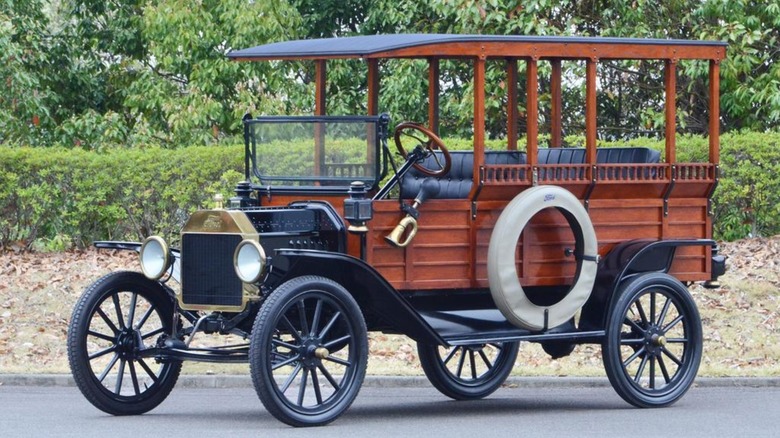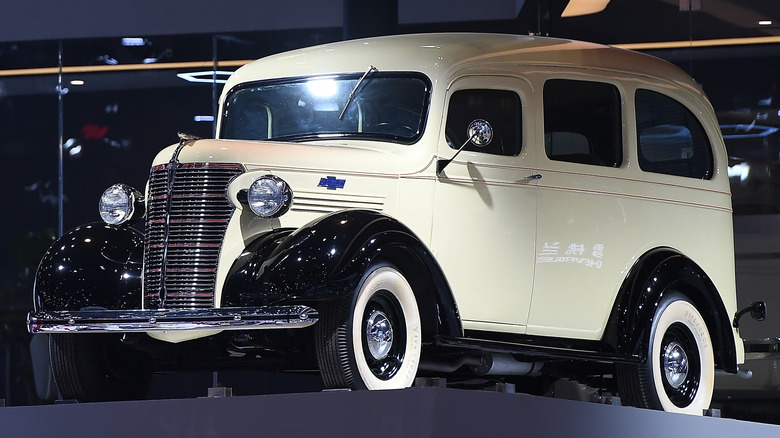Why Are Station Wagons Called Station Wagons?
The term "station wagon" has entered common usage over the years, but have you ever stopped to think what the word actually means or where it came from? To explain, we must wind the clock back over 100 years, to the very first station wagons in the 1910s. For the most part, these were modified Ford Model Ts, the first mass-produced car in America. They sported custom wooden bodies, as Ford didn't develop a Model T station wagon during this time.
But, rather than being called station wagons, these were known as depot hacks or station hacks (with "hack" in this case referring to a taxi). This is because train travel was the best way of getting around at the time, but folk needed a way of transporting their luggage to and from the stations (or train depots). Therefore, there was a demand for large cars that could cart all of this luggage around. That's where the depot or station hack comes in, with both terms eventually making way for "station wagon." Automakers would catch on to this demand, and it wouldn't be long before production station wagons were hitting the streets. Initially, station wagons had wooden bodies, although steel-bodied wagons would follow in the late 1940s.
Depending on who you are, where you hail from, or what automaker you're discussing, a station wagon may also take on an entirely different name. Just look at Audi's Avants and BMW's Touring models, for example, or speak to Europeans about estate cars.
A closer look the station wagon's evolution
While the journey started with customized Ford Model Ts and their wooden frames, it's a much lesser-known nameplate that takes the prize for being the first-ever production station wagon. That award goes to the 1923 Durant Star, a model that tried to take on the Model T to some degree, although the brand ultimately disappeared in the early '30s. From here, Chevrolet built upon the idea by offering the first all-steel station wagon in 1935, the Chevrolet Suburban.
The Chevy, in addition to a Jeep that joined the station wagon party in the mid-1940s, was truck-based, which is how station wagons were developed at the time. That was until Crosley got involved, introducing the first all-steel, car-based wagon in 1947. Other, more familiar American automakers got involved after Crosley, with Plymouth and Buick following suit in the 1950s.
Talking of Buick, some consider the Corvette-powered 1996 Buick Roadmaster Wagon to be the last true station wagon — and one of the coolest station wagons ever made, too. That's due to the Roadmaster's combo of rear-wheel drive and a stretched sedan-based chassis. Interestingly, the Buick also harks back to the station wagons of yesteryear, thanks to the love-it-or-hate-it faux wood paneling that adorns the Roadmaster's length.

